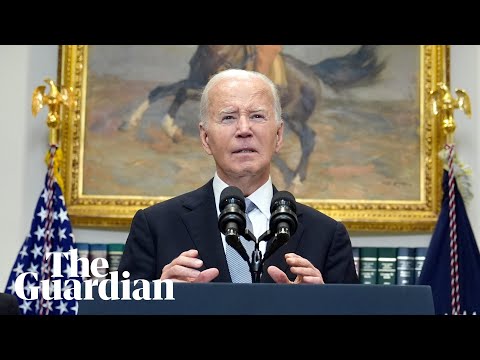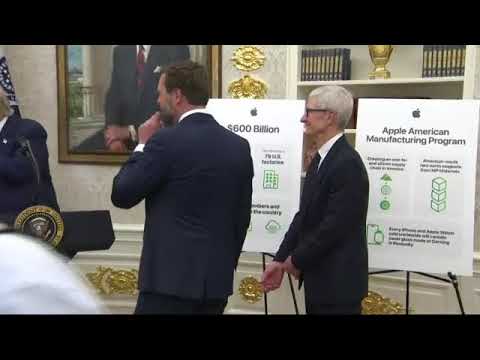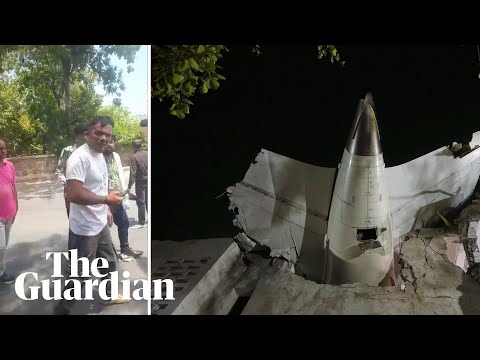
"India is now on the Moon," announced PM Narendra Modi immediately after the Chandrayaan-3 spacecraft became the first to ever land near the lunar south pole — a place described by Nasa as an area of "mystery, science and intrigue".
The solar-powered rover will spend two weeks roaming the rocks and boulders and will run a series of experiments to help scientists understand the geology of the moon – and hunt for what could be the moon’s most valuable resource.
And, depending on what it finds, this could be a game-changing moment for space exploration – as our science reporter Madeleine Finlay explains.
Subscribe to Guardian News on YouTube ► http://bit.ly/guardianwiressub
The Guardian publishes independent journalism, made possible by supporters. Contribute to The Guardian today ► https://bit.ly/3uhA7zg
Sign up to the Guardian’s free new daily newsletter, First Edition ► http://theguardian.com/first-edition
Website ► https://www.theguardian.com
Facebook ►https://www.facebook.com/theguardian
Twitter ► https://twitter.com/guardian
Instagram ► https://instagram.com/guardian
The Guardian on YouTube:
The Guardian ► https://bit.ly/guardiannewssubs
Guardian Australia ► https://bit.ly/guardianaussubs
Guardian Football ► https://bit.ly/gdnfootballsubs
Guardian Sport ► https://bit.ly/gdnsportsubs
Guardian Live ► https://bit.ly/guardianlivesubs











